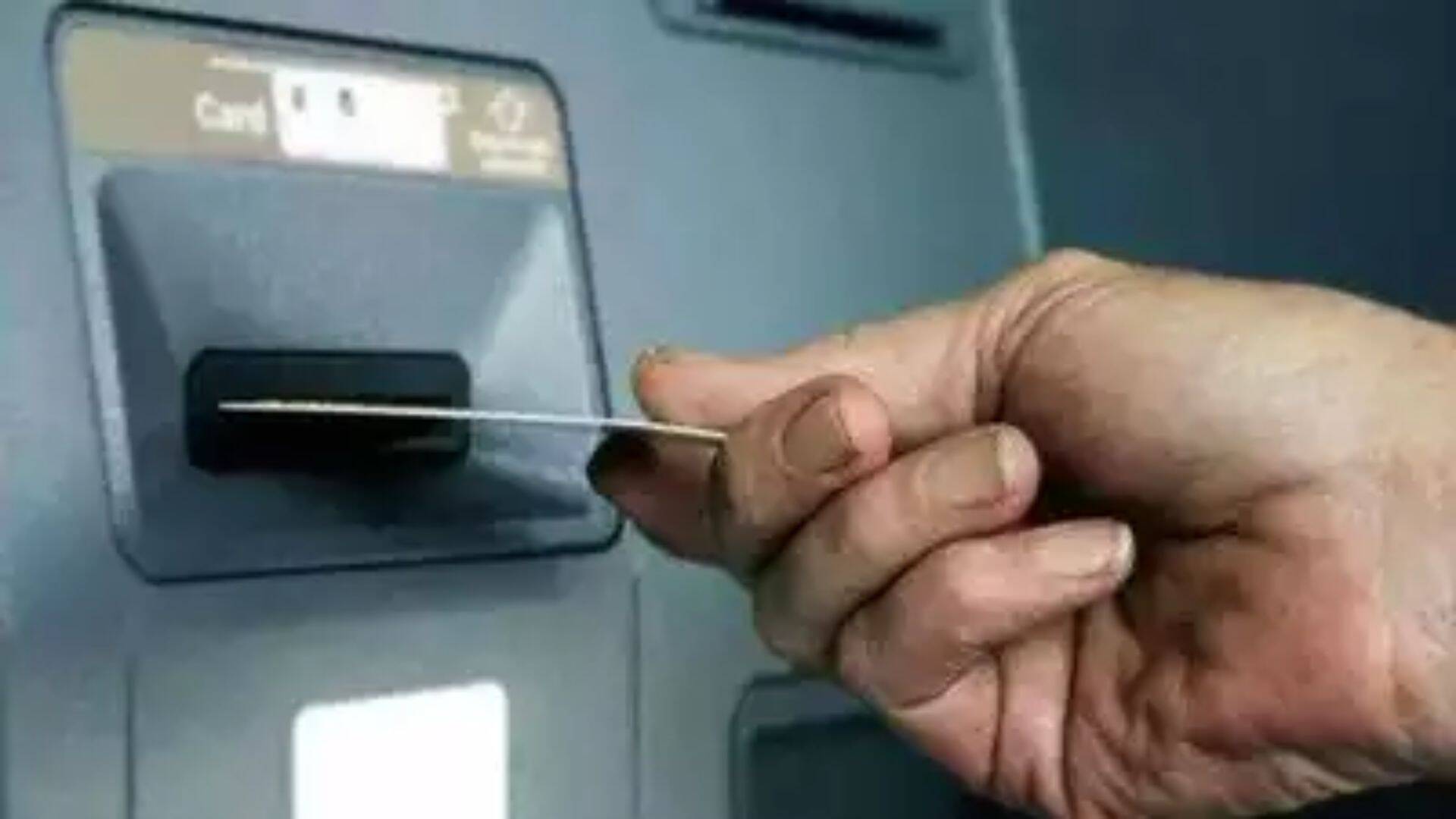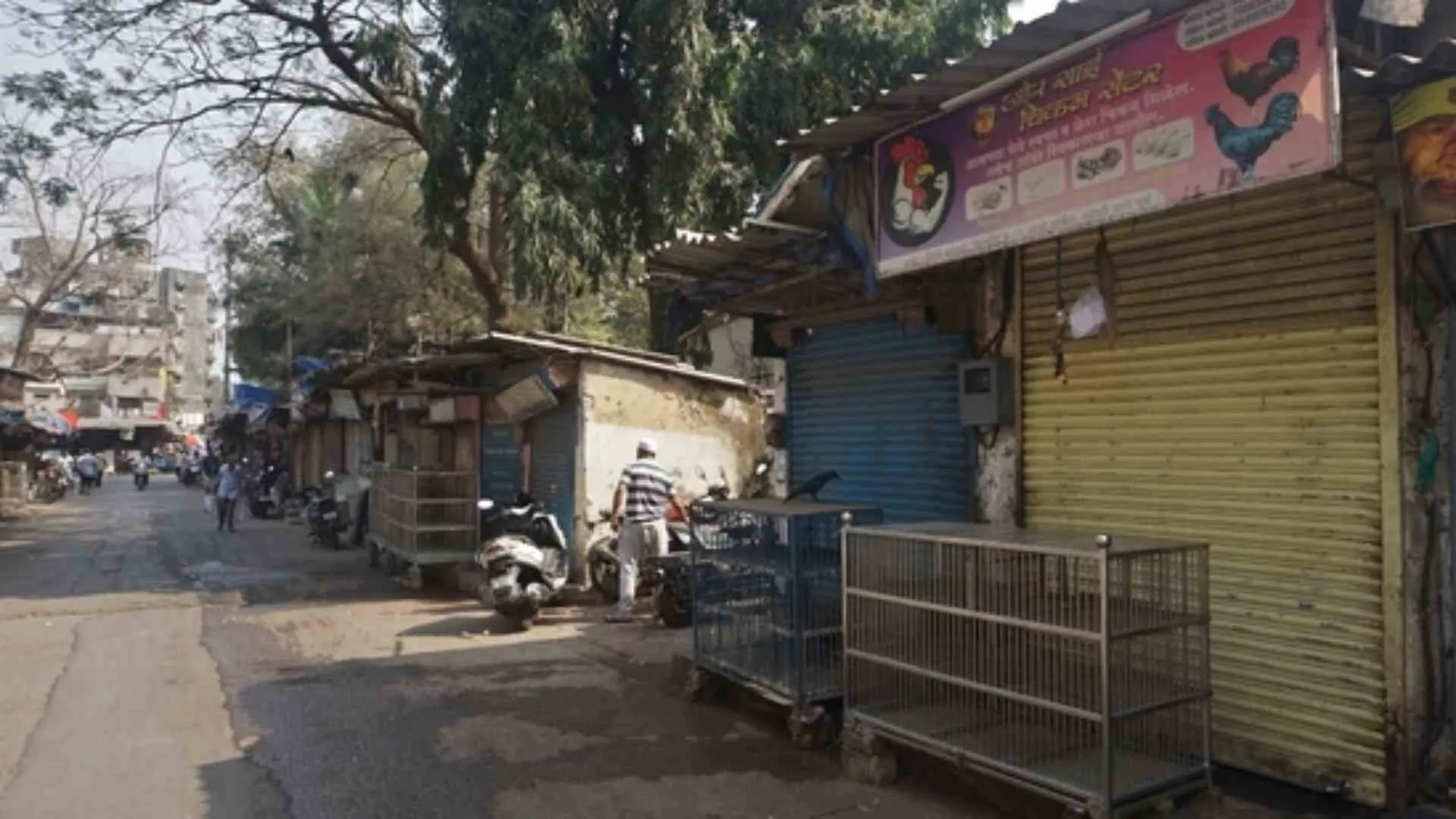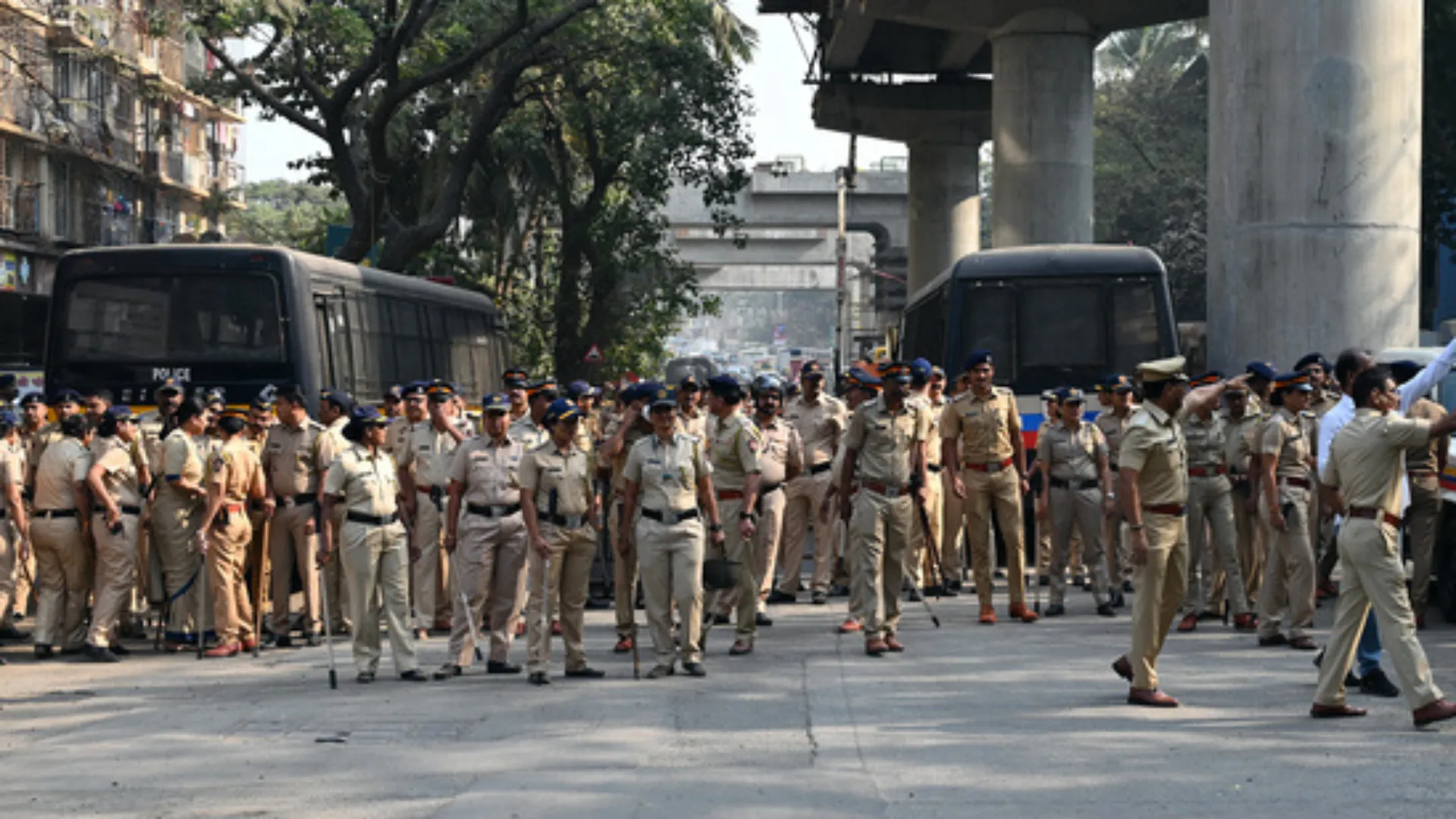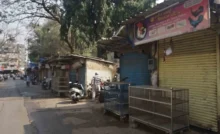Indian banks have reported a significant shortage in the supply of automated teller machines (ATM) to the government and the Reserve Bank of India (RBI), according to sources cited by the Economic Times. This shortage is causing concern among bankers who are also seeking clearer procurement guidelines via the government e-marketplace (GeM).
In a recent meeting with government officials, leading bankers highlighted the capacity issues faced by ATM vendors. “We have discussed the issue internally… It was highlighted that one big issue is that ATM vendors do not have the capacity,” one banker said.
Industry insiders suggest that the initial cause of the low capacity is linked to the ‘Make in India’ guidelines introduced in FY20. These guidelines required vendors to establish operations within India, which took time to implement. “Not all ATM vendors are registered there, and we also need more clarity on the process and guidelines to avoid any vigilance action,” a source explained.
Banks are advocating for the ability to float independent requests for proposals (RFPs) for ATMs, provided all guidelines are adhered to. Bankers argue that the current ATM shortage is particularly detrimental as they are in the midst of transitioning to lockable cassette mechanisms in ATMs, a process that is lagging behind schedule.
“While this was to be done in a phased manner, we are short of targets, and this could lead to regulatory action, including fines,” a bank executive stated. The executive also cited poor infrastructure, including inadequate vaulting arrangements, as contributing factors to the delay.
Manjunath Rao, president of managed services & technology solutions at CMS Info Systems, commented on the issue, saying, “Banks, in addition to ATMs, are now installing cash recycling machines to drive higher efficiency and deliver enhanced customer experience. GeM is a robust portal and as banks do a technological refresh of ATMs, we expect the demand to grow, and the industry is ready to meet it.”
As banks continue to navigate these challenges, the need for a more efficient and transparent procurement process is becoming increasingly apparent. The resolution of these issues is critical for maintaining and improving customer service and banking operations across the country.









